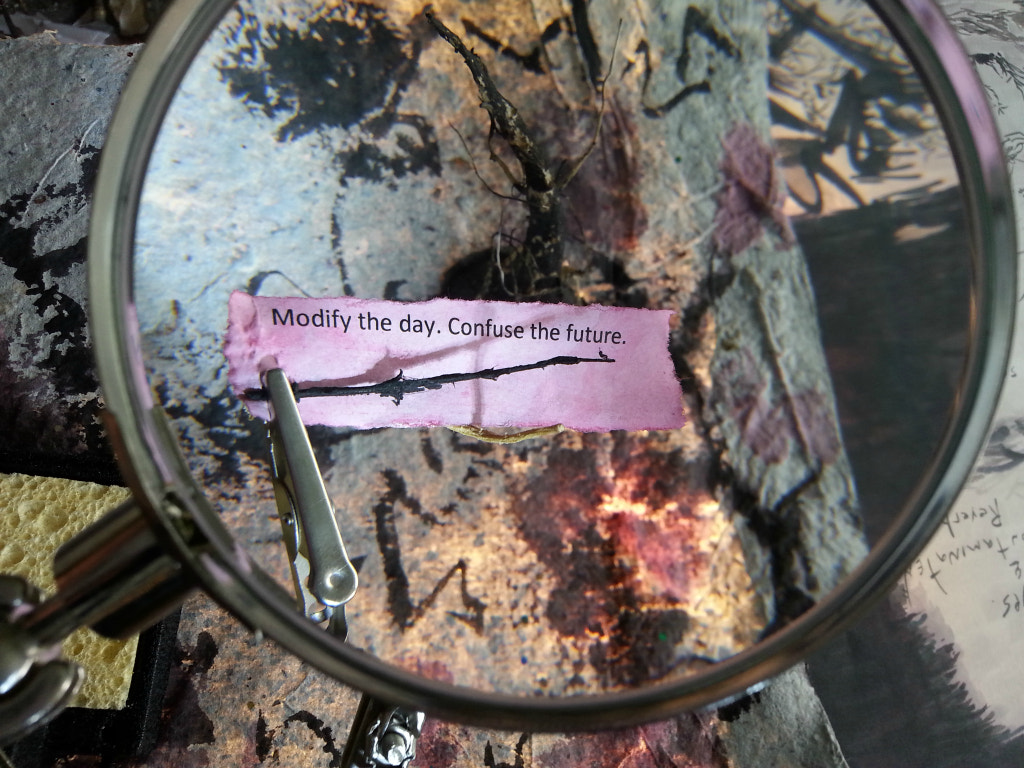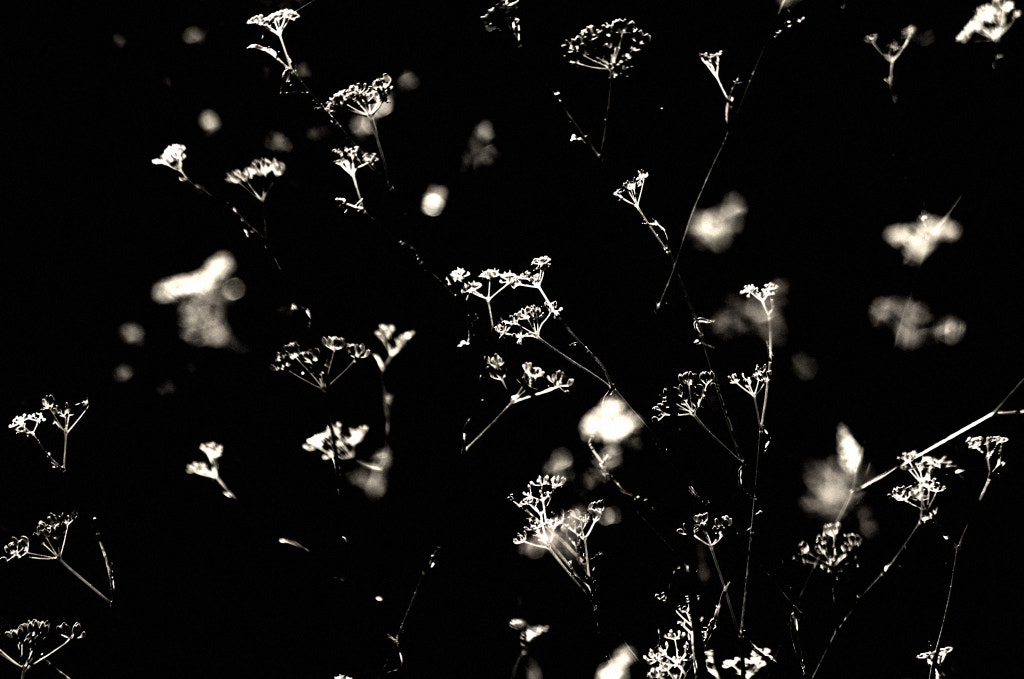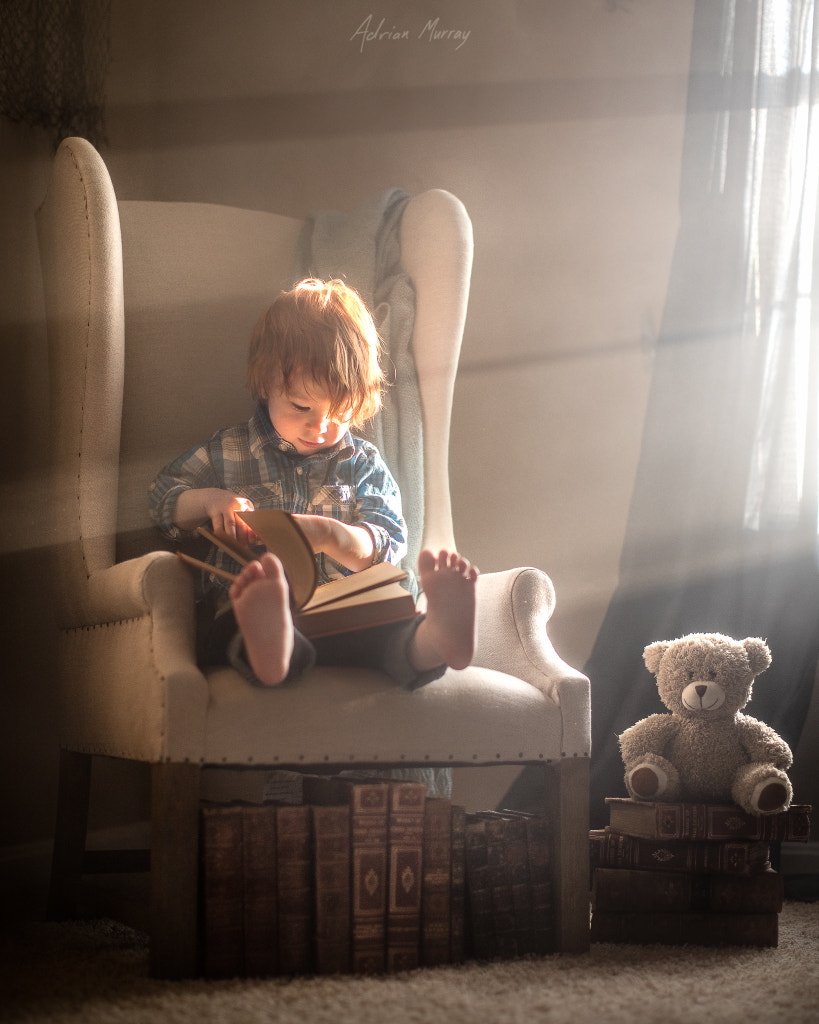Late last year, the poet Arch Hades joined forces with the digital artist Andrés Reisinger and the musician RAC to create Arcadia. The nine-minute video sold as an NFT for $525,000 at Christie’s, and it also revealed the ways in which NFTs (non-fungible tokens) could foster a new way of consuming poetry beyond the page. The poem defies the rules of space and time, taking us from imaginary bedrooms and auditoriums to fantastical cloudscapes and arid deserts; books fly from trees, and ripe apples fall, hovering mid-air.
It’s worth noting that the recent emergence of NFTs comes on the heels of a larger (and slower-brewing) surge in interest in poetry in the digital age. Arch Hades has been a key figure in a new wave of writers publishing on Instagram, along with pioneers like Rupi Kaur and Lang Leav. These poets went on to publish chart-topping books.
The idea was, in a way, revolutionary: by self-publishing online, talented poets could ultimately make a living and build a career rooted in creating their art. A few years ago, back when few of us had even heard of NFTs, research revealed that 12 of the 20 best-selling poets were “Insta-poets.”
What followed was a kind of “poetry Renaissance.” In 2018, a survey from the National Endowment for the Arts revealed that the number of adults in the US reading poetry had doubled over just five years, resulting in the highest readership in 15 years. Readers in the 18 to 24 age bracket more than doubled. Young women and people of color helped lead the charge.
Meanwhile, research from Nielsen BookScan found that poetry sales grew by more than 12% in 2018. Then, amid the pandemic, traffic on Poets.org rose by 25%. For some, poetry became an outlet during turbulent and uncertain times. For others, “Insta-poetry” provided an accessible point of entry into a world that previously seemed exclusive or closed off.
While this resurgence predates the cryptocurrency/crypto art movement, it did help set the stage for more daring approaches to the written word. Earlier in 2021, Arch Hades and Andrés Reisinger created a poem that ultimately sold as an NFT for around $71,000 as part of a collection from RAC. Hades’s NFTs further underscore the importance of collaboration in this emerging space. Three different artists, each using a different medium, came together to create poems that had moving elements, 3D visuals, and audio.
Of course, collaborations between visual artists and poets aren’t new. Perhaps the most legendary is The Sweet Flypaper of Life, a breathtaking book of photographs by Roy DeCarava and text by Langston Hughes, set in 1940s and ’50s Harlem. Hughes wrote the story based on 141 photographs he selected from DeCarava’s oeuvre.
Much later, in 2015, Aaron Stern and Jordan Sullivan, both photographers, included words and pictures in their book, Dialogues: 36 Photographs & 20 Poems, pairing work by prominent photographers and poets—in conversation.
While these projects pre-date the rise of NFTs, they do provide a larger historical context for how visual artists and poets can work together to create something new. The sale of digital artworks, made possible by the blockchain, could mean we see moving images, audio recordings, and other uniquely digital elements combined in increasingly inventive ways.
Writing on the blockchain has a relatively brief but intriguing history. In February of 2021, just as NFTs were about to explode into public consciousness, the author Blake Butler released a gif of his novel, DECADE, as an NFT. The collector of the gif, which scrolled through the book itself at lightning speed, would also receive a PDF. Butler added a stipulation: the novel would never appear in print. It sold for its list price (5 ETH) in less than a day.
One interesting aspect of publishing literature on the blockchain, from poetry to short stories and beyond, is that, as with visual art, NFTs disrupt traditional gatekeeping systems. If photography NFTs gave artists a way to earn money, even without the support of institutions such as galleries and museums, perhaps they could offer a platform for writers to get their work out there, without needing the backing of a big-name publisher.
Another draw is the smart contracts that run the NFTs themselves. These are agreements that can be automatically executed if and when certain conditions are met; for example, in the art world, many creators set it up so that they earn royalties (say, 10%) every time the work is resold on the secondary market. Writers and poets could do the same.
In recent months, start-ups like Book Token, an NFT marketplace for eBooks and audiobooks, have emerged. At the start of this year, they sold $100,000 worth of eBooks on their first day. One of the ideas driving the marketplace is that it could foster a secondary market for eBooks, which have traditionally only been sold once.
Earlier this year, theVERSEverse, an NFT poetry gallery, made waves in the crypto space, outlining how poems could be collected like works of art. They’ve combined the work of well-known poets with crypto artists to create unique, collectible pieces. One of the co-founders is the poet Ana Maria Caballero, who envisions a world where poetry is valued as art—and where words aren’t limited to traditional formats alone.
Elsewhere, in May, Madonna and Beeple made headlines worldwide for their collaborative NFT project, the video series Mother of Creation. The videos, an ode to motherhood, included poetry by Madonna herself as well as Rumi, the legendary Persian poet. In the future, we can imagine poetry collections that sell as individual NFTs, with each collector owning a poem as part of a larger whole. Or maybe poems will be sold as audio files, with collectors hearing the author’s voice rather than reading their words on a page.
Then there are the photographers who are pushing the art form into new directions. Sacha Dean Bïyan, for example, created Visceral, a stunning series of his photographs, each paired with haikus by the poet Dr. Shunkichi Baba. Bïyan made the photographs during lockdowns in Japan, making them documents of a truly unique time in global history.
Finally, it’s important to remember that we’re experiencing a moment of immense transformation and innovation. Take, for example, DALL-E, the artificial intelligence tool created by OpenAI. Users can imagine a scene and write a description; enter that description, and the AI will generate a photorealistic image. Photographers and photography-based artists have been among the early experimenters in the space.
What would happen if you took a poem, or even just a line of a poem, and asked an AI to generate an image? In the future, might photographers and poets collaborate with AI? theVERSEverse, the NFT poetry gallery, has already started experimenting with Sudowrite, an AI application, as part of their GenText series, which includes the work of artists, poets, and AI. We’re still in the very early stages of Web3, and the creative possibilities are just starting to reveal themselves.
Explore VAULT now. An NFT marketplace for creators, collectors, and art lovers.
The post NFT trends: Poetry’s resurgence through NFTs appeared first on 500px.





